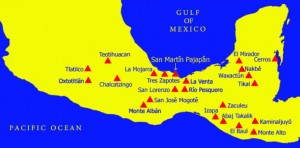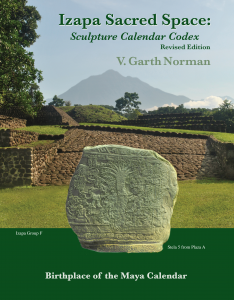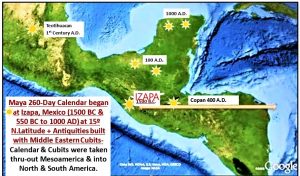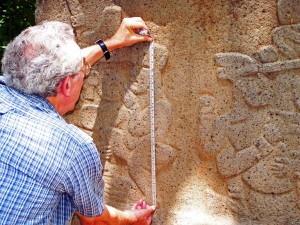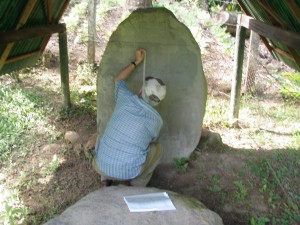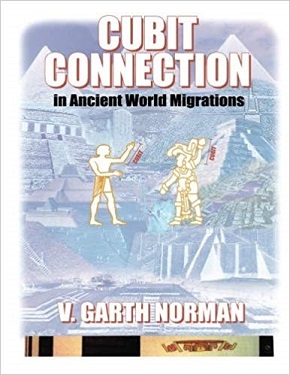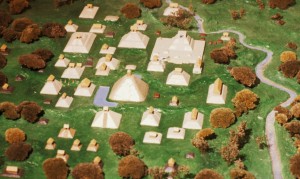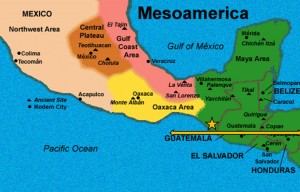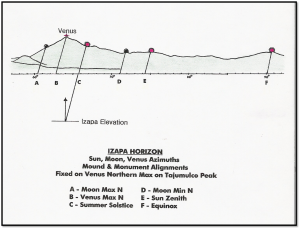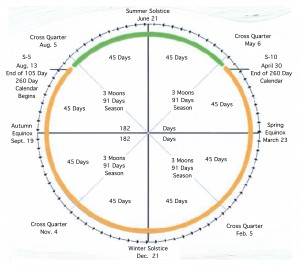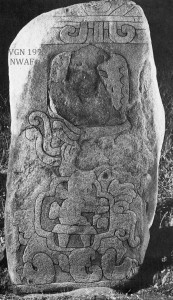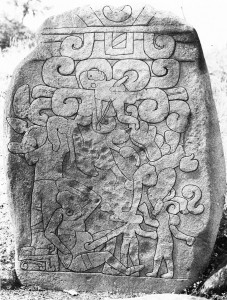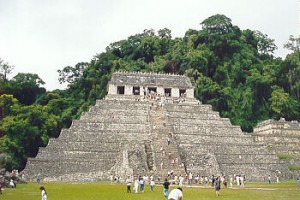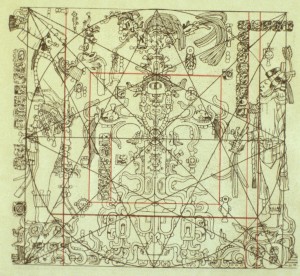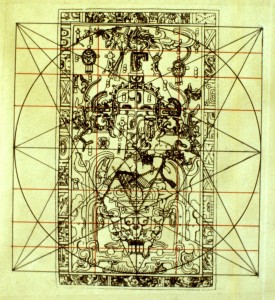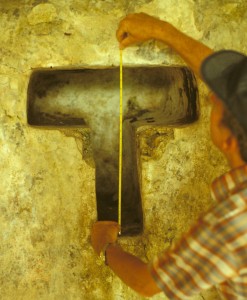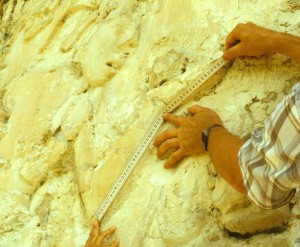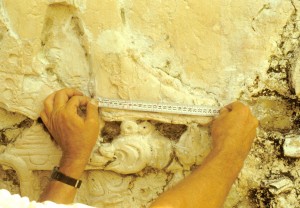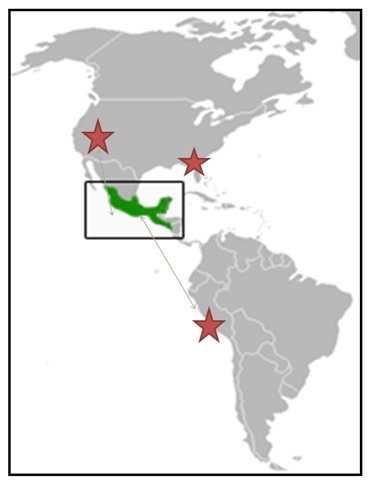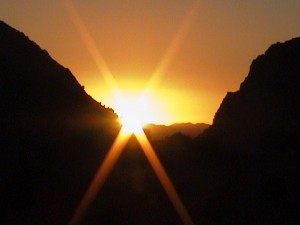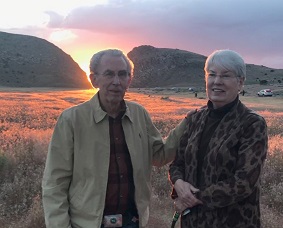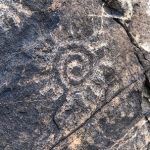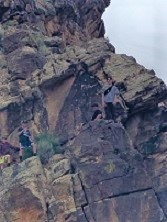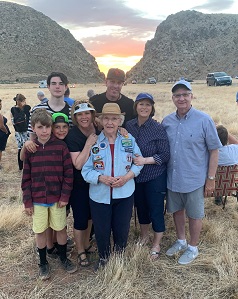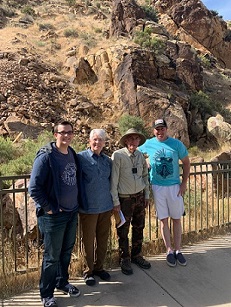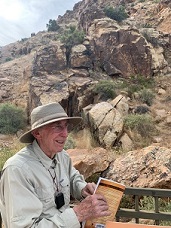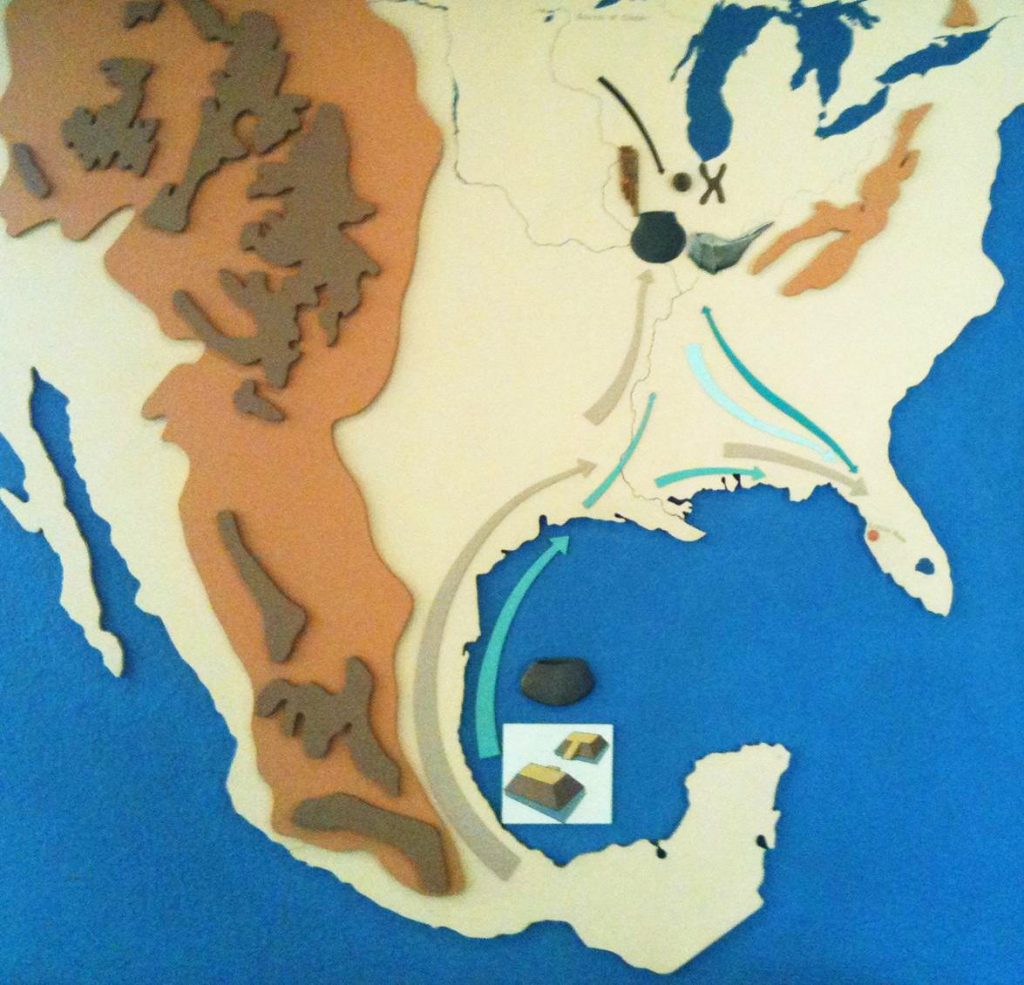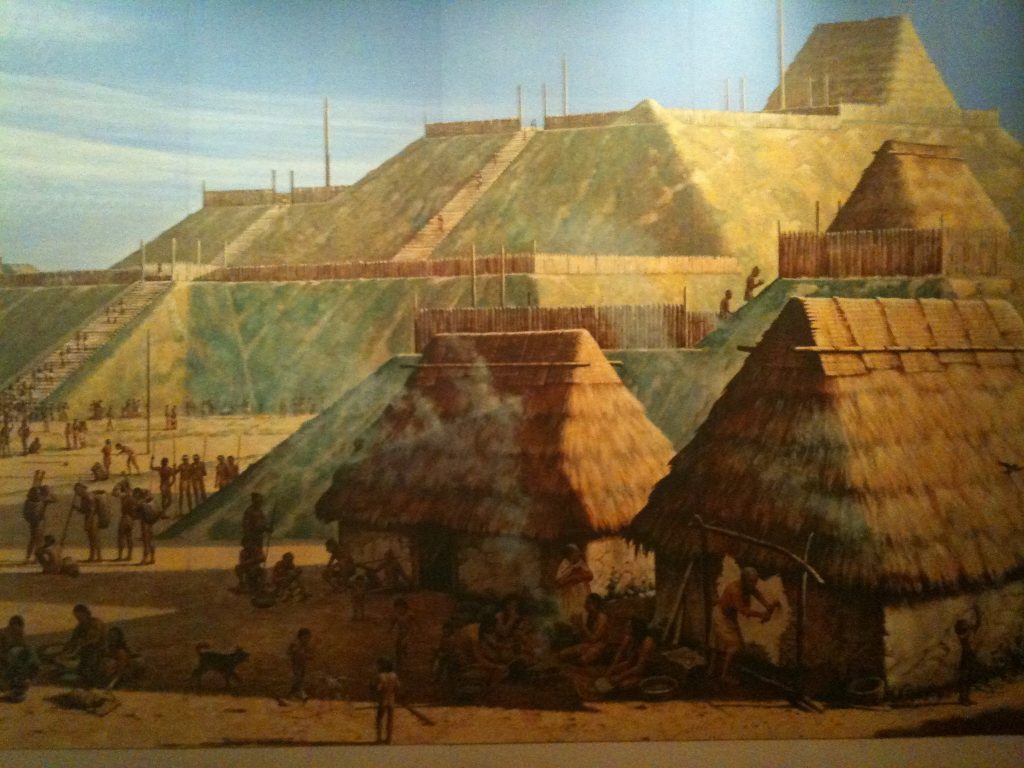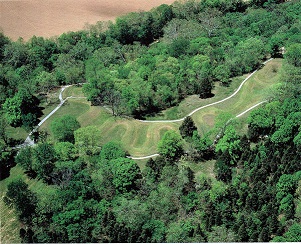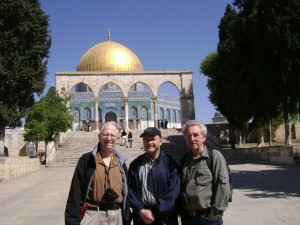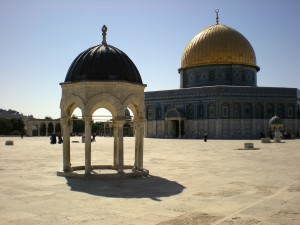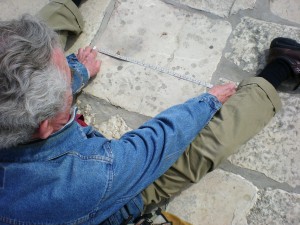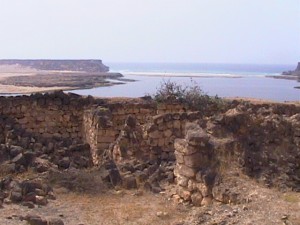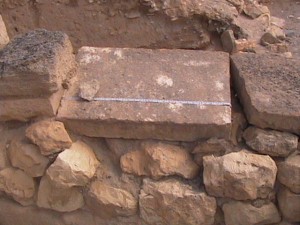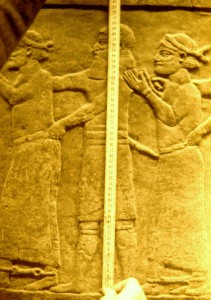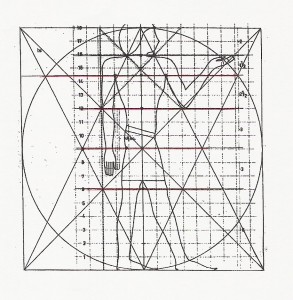Mesoamerica’s IZAPA Temple Center (1600 BC-400 AD) So. Mexico.
www.amazon.com.
Izapa located at 15° North Latitude: birthplace of the “SACRED 260-DAY CREATION OF MAN” Calendar–discovered by Dr. Vincent Malmström (1973, 1997–Cycles of the Sun, Mysteries of the Moon: The Calendar in Mesoamerican Civilization).
1. The “SACRED 260-DAY CREATION OF MAN” Calendar began at Izapa, Mexico’s 15° North Latitude (Olmecs: 1600-500 BC; Izapa-Mayas: 550 BC-400 AD) & taken in 100 BC to Teotihuacan, Mexico, & Nazca, Peru-at 15° South Latitude, & to all Mesoamerica, & later to Parowan Gap, Utah, USA (700 AD).
2. BABYLONIAN & EGYPTIAN CUBITS from the Middle East were used to create the art & architecture of the Izapa Temple Observatory & most other ancient Mesoamerican Temples.
3. Carbon Dating at IZAPA: Olmec Civilization (1600 BC-500 BC) Izapa-Maya Civilization (550 BC-400 AD); Maya Civilization (200-1000 AD).
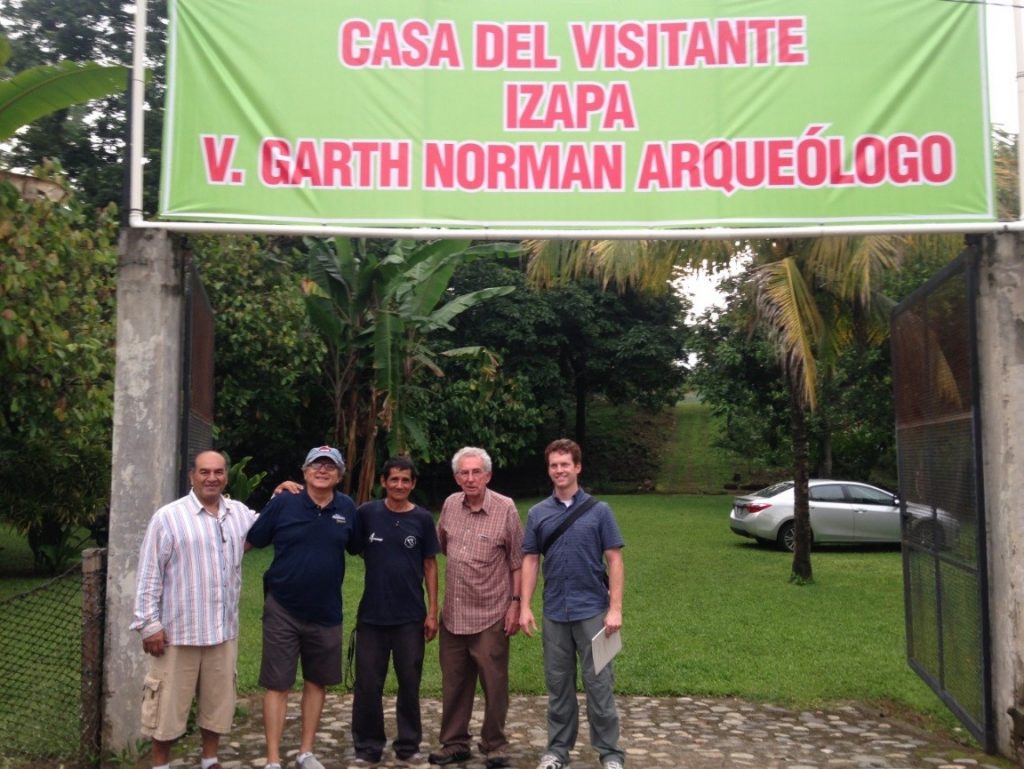
L-R: Sergio Navas, Rudolfo Juan Flores, Alberto, Garth Norman, Jason Jones
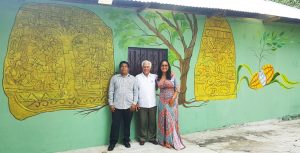 Izapa Visitor Center: Artist Israel Ramos, Owner Antonio D’amiano Atristain & wife Mirna Janet standing in front of the new Center.
Izapa Visitor Center: Artist Israel Ramos, Owner Antonio D’amiano Atristain & wife Mirna Janet standing in front of the new Center.
So.Mexico-West Guatemala’s POPOL VUH states that their ancestors CAME FROM THE OTHER SIDE OF THE SEA. (Recinos 1950: 5, 77-80) — VIDEO
https://www.youtube.com/watch?v=BovXbt14Eso#t=14
June 20-27, 2010 The Maya Conservancy (Georgeanne Johnson-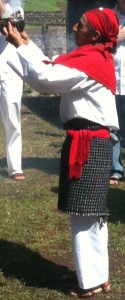 President) sponsored a tour with 13 Quiche and a dozen Maya scholars.
President) sponsored a tour with 13 Quiche and a dozen Maya scholars.
Quiche Mayan Elders performed their sacred 260 Day Count “CREATION OF MAN” ceremony at Izapa in 2010 for the first time in 1,000 years. Right – Rigoberto Itzep clothed in Ceremonial white with headscarf, shawl, apron, and sash. He burns incense as he blesses the Izapa Temple Center.
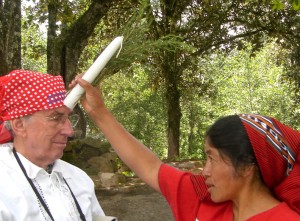 Blessing the body from head to toe.
Blessing the body from head to toe.
Click LINK for Power Point of new 2018: IZAPA VISITOR CENTER-1-3pptx [Autosaved]
The Antiquities of Mesoamerica were constructed using BABYLONIAN and EGYPTIAN CUBITS (First reported by Garth Norman at the Sixth Palenque Round Table, 1986, Palenque, Chiapas, Mexico)
Olmec (1500 BC- 500 BC) LaVenta Park, Mexico Stela carving was created using the Royal Babylonian Cubit.
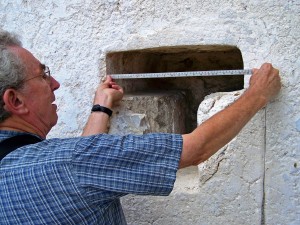
Maya (200 AD- 800 AD) Palenque Palace, Mexico – T Window created with Babylonian Cubit measurements.
Popol Vuh: “Great were the descriptions and the account of how all the sky and earth were formed . . . and the MEASURING-CORD was brought, and it was stretched in the sky and over the earth, on the four angles, on the four corners, as was told by the Creator and the Maker . . .” (Recinos 1950: 5, 78-80).
www.amazon.com
Mesoamerica Formative era major sites: 1500 B.C. to 250 A.D http://www.utexas.edu/cofa/art/347/347m_map.html#